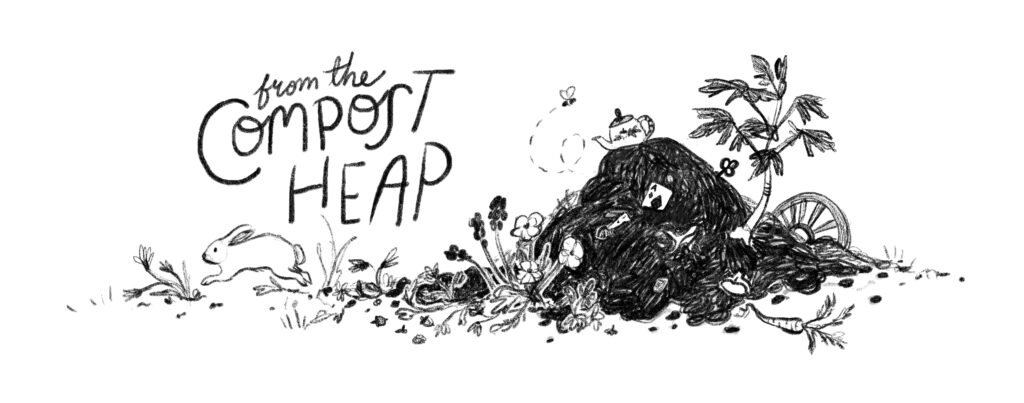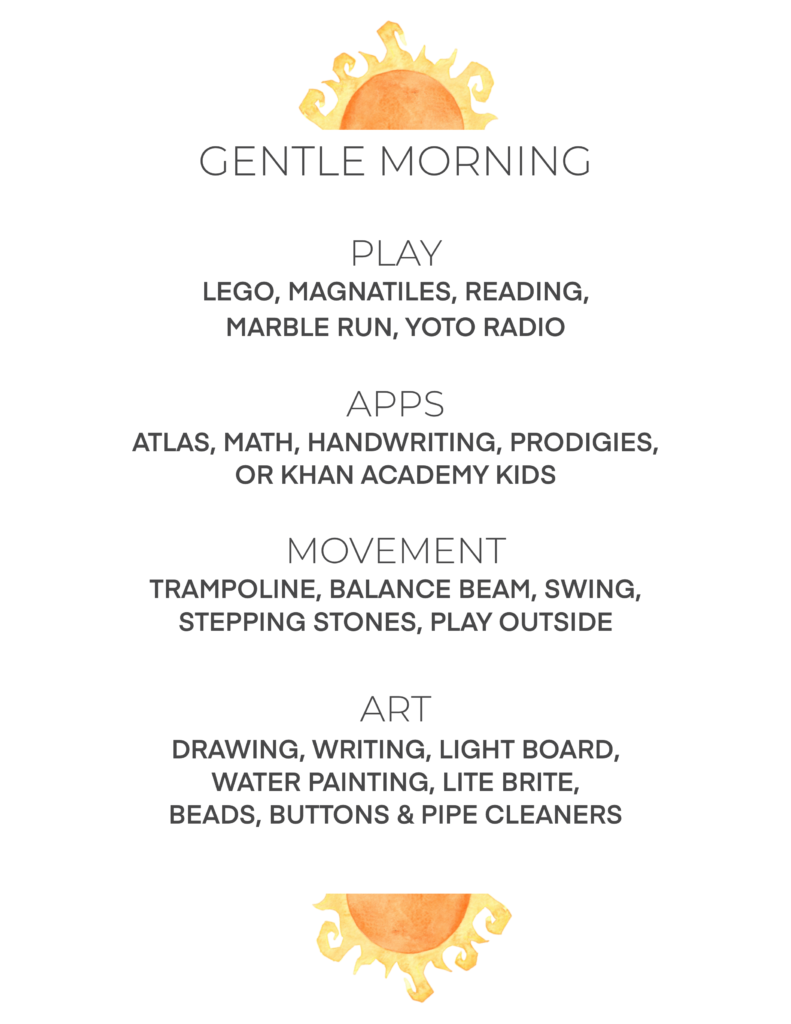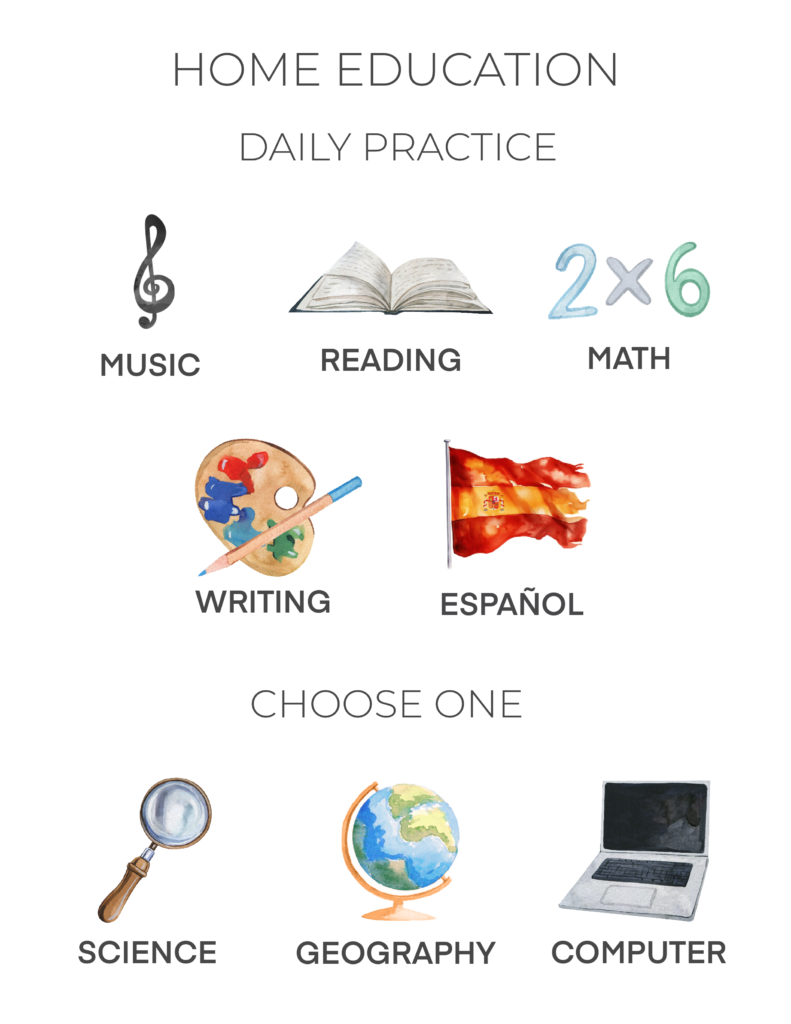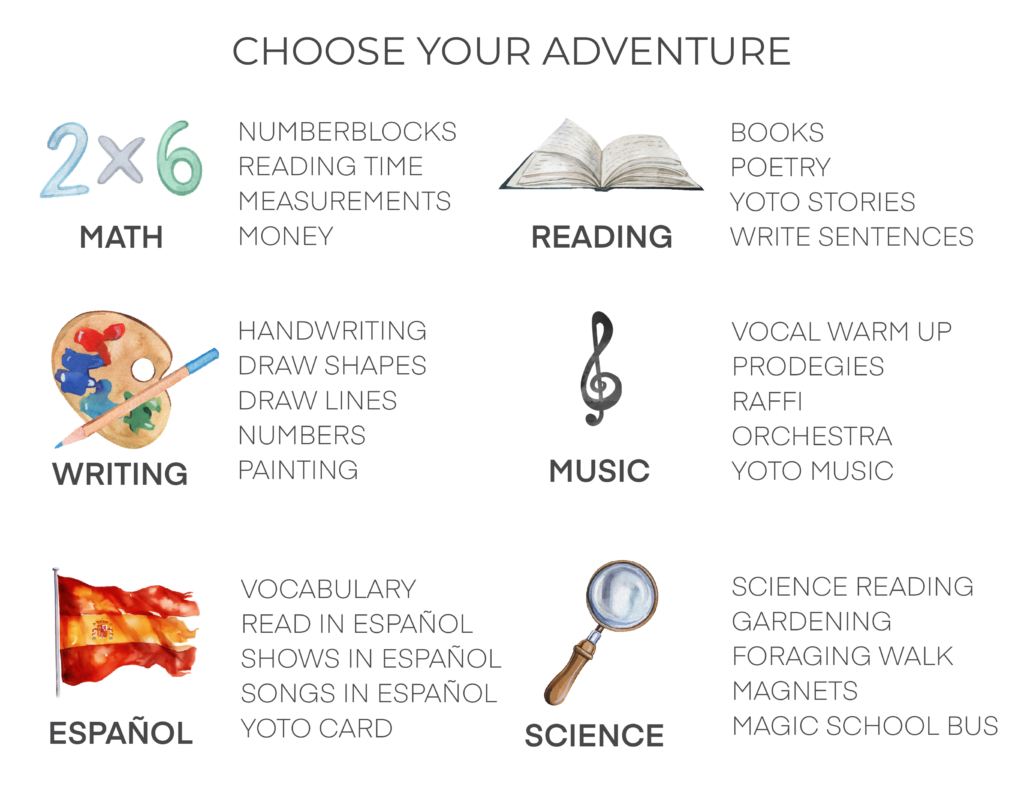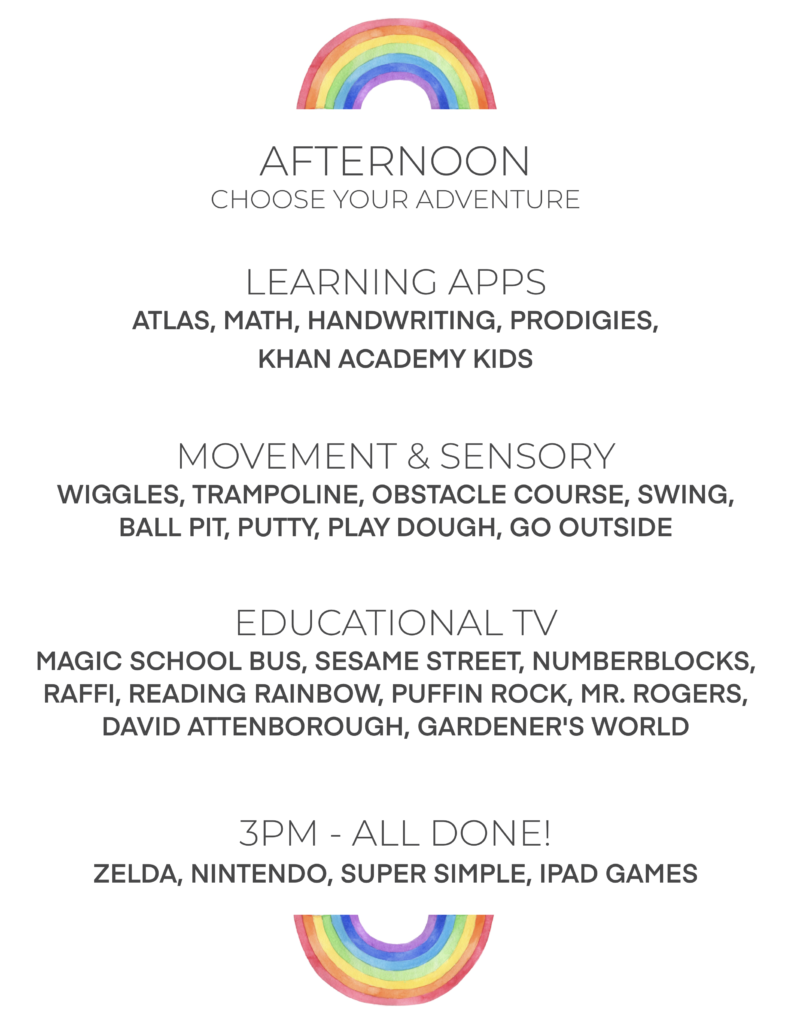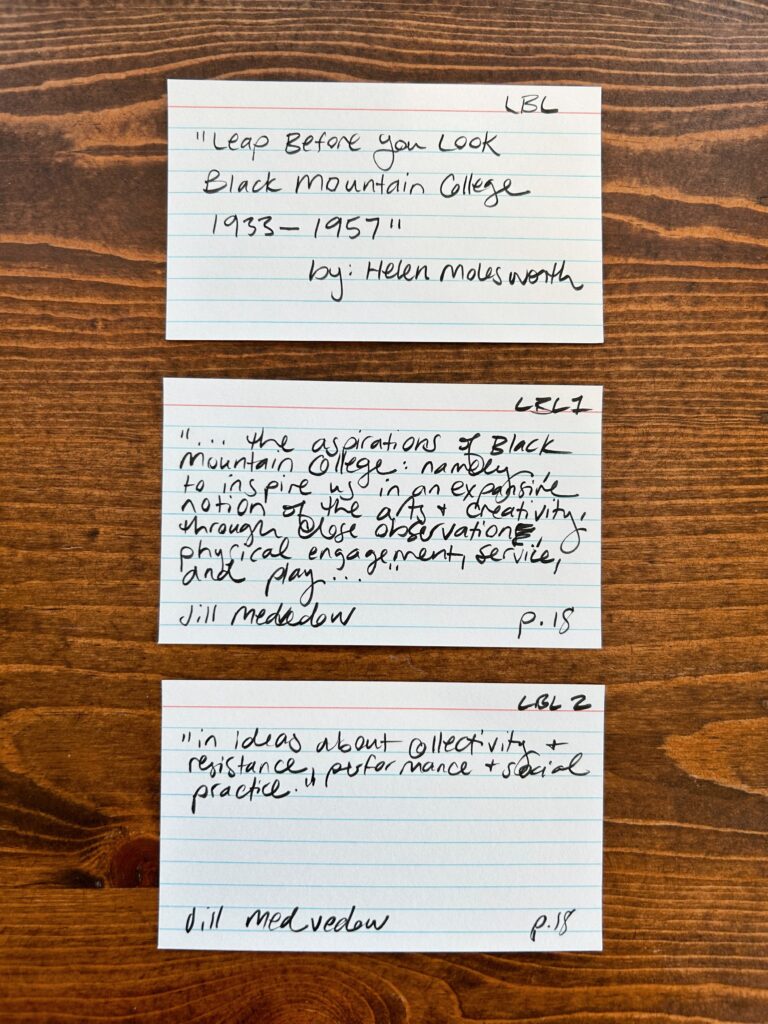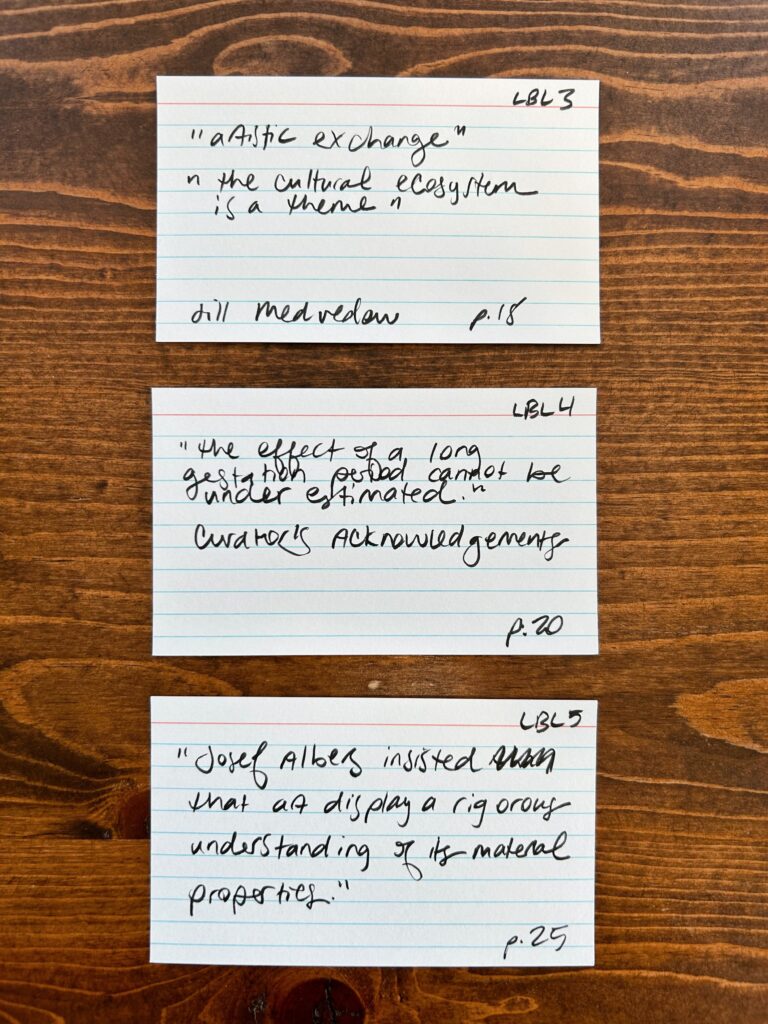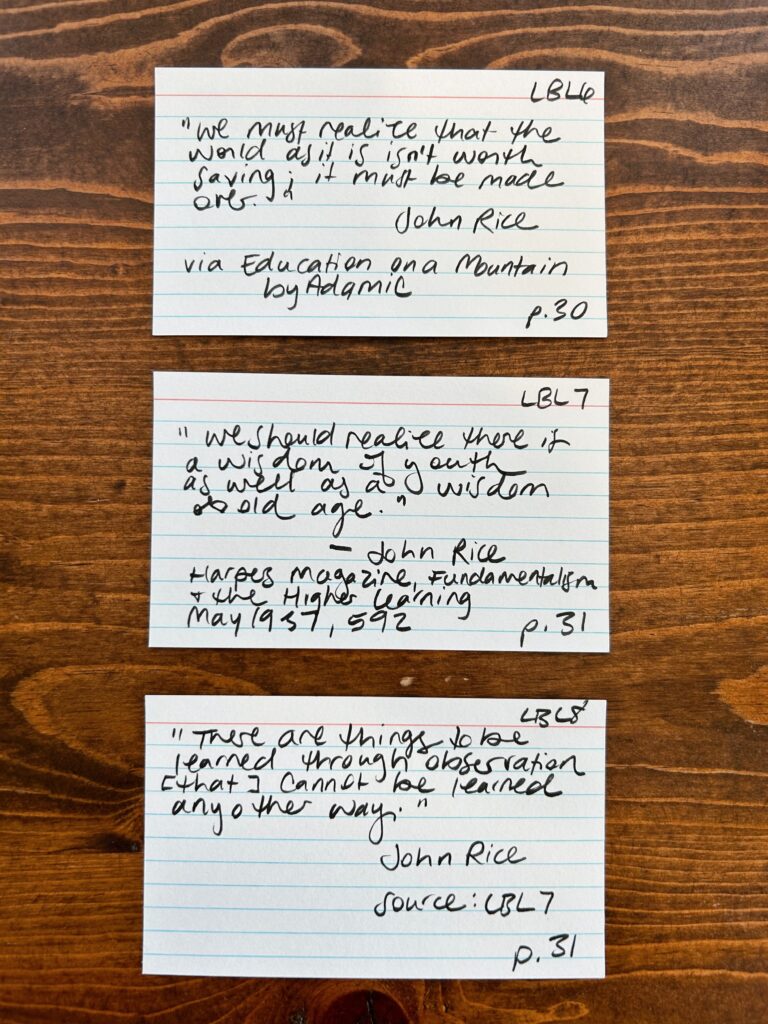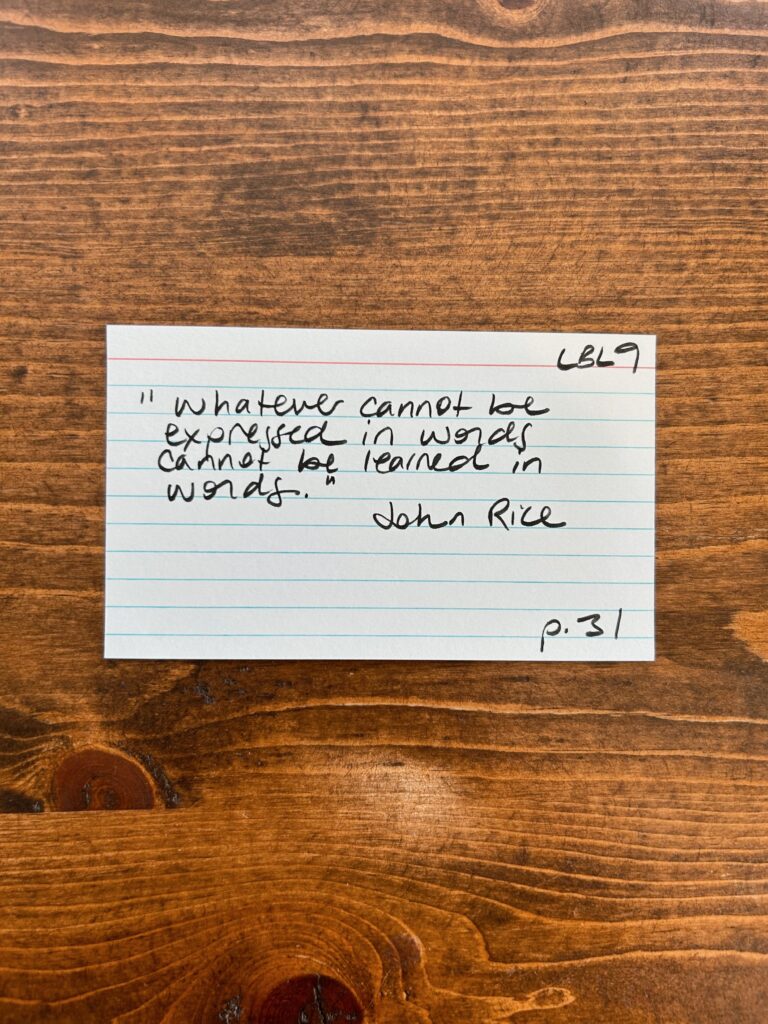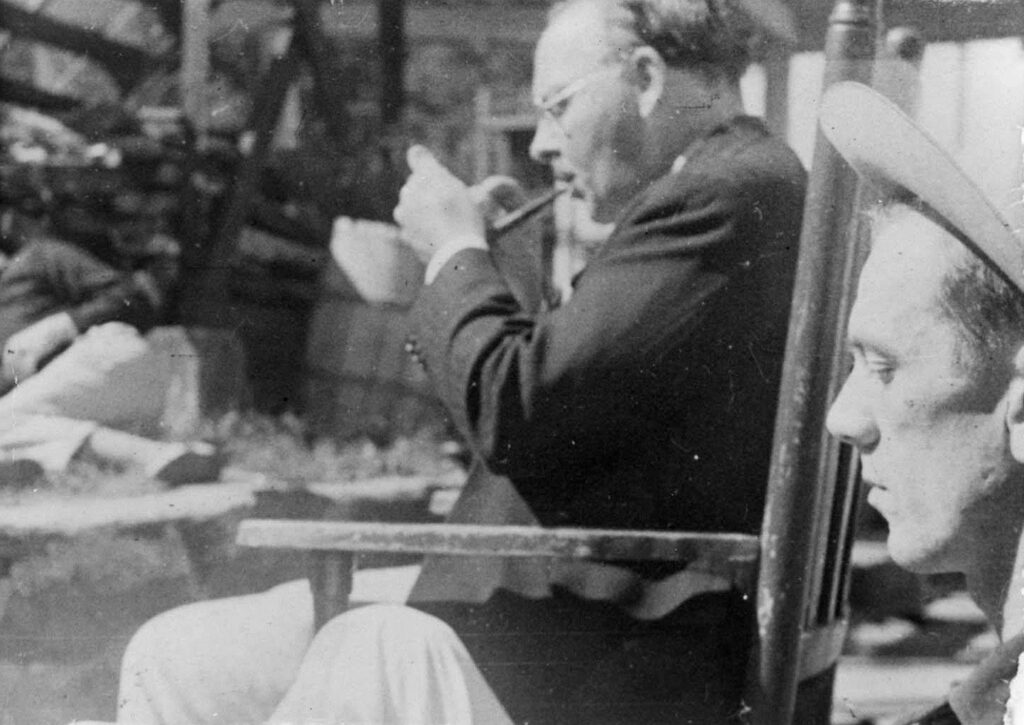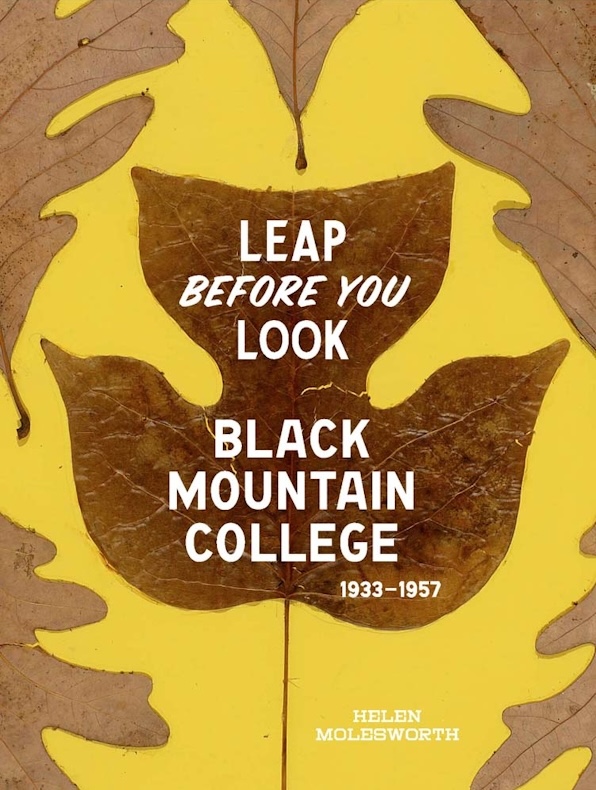It feels like years since I’ve written.*
Since then…
the Wheel of Time Season 3 trailer dropped.
Season 3 is airing in March – just in time for my birthday.
If you love fantasy books like Lord of the Rings… I’d love for you to give this a watch next month and nerd out with me. Even if you haven’t read the books – the visual design and performances for this show are so stunning I’d really recommend watching first and then diving into the books.
This season is based on my favorite book in the series!
The Shadow Rising is when Wheel of Time steps away from Tolkien and starts being it’s own thing.
Half the characters travel to the desert and meet a complex warrior culture. The others go hunting down some very dangerous women. The layers build from there! I can’t even mention my two favorite parts because they are too spoilerific, but check this image out:
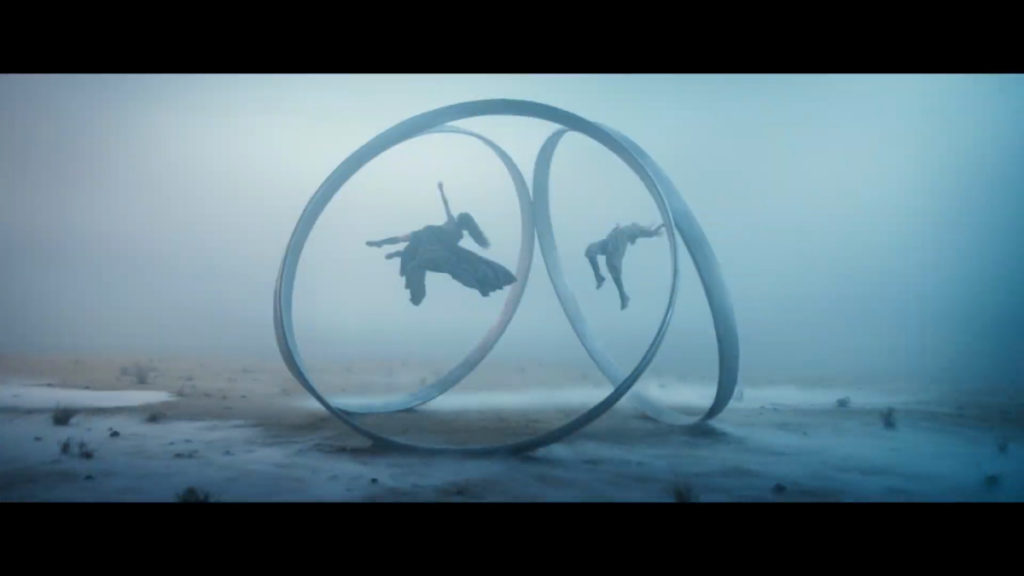
Don’t you want to know what’s happening there?
I’m dying to see this scene. It happens “off page” in the books. 👀
[This Clip Contains Spoilers]
If you’re a book reader (or just don’t care about spoilers) here is the first scene of Season 3. We are starting out with a bang!
What else happened this month?
Well… I completely redesigned my website. 😂
It’s still “under construction” so pardon my dust (and broken links) as you’re poking around. I hope to “unveil” the new site properly next month.
I wrote a few posts including this one about website design as worldmaking. My old website was a minimalist website (which lives on as a virtual art gallery.) But I’m letting the rest of my site be weirder and more me.
I hope it will sprawl and grow into a proper labyrinth.
I’ve been having a lot of fun with visuals and texture. But my favorite detail so far is this “page not found” design, which feels very me.
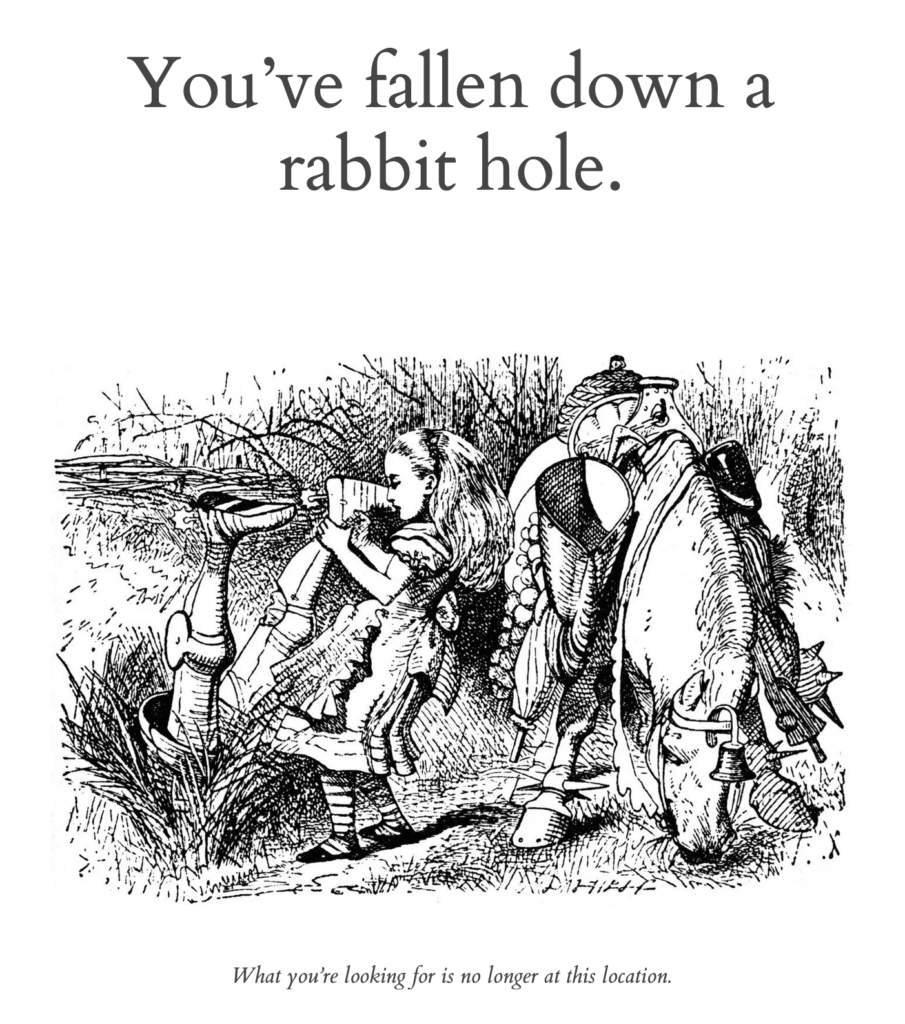
If you want to read the boring reasons about why I’m switching web & newsletter platforms I’ve written about my online ecosystem here.
I’m leveling up my zines!
This month I used a printing press to make the February zine.
You can see the process (including a timelapse video) here. You can also see a mini Wheel of Time zine I made. I’m going to print them up and leave them around town as guerrilla fan marketing. (Let me know if you’d like to do the same and I’ll share the file.)
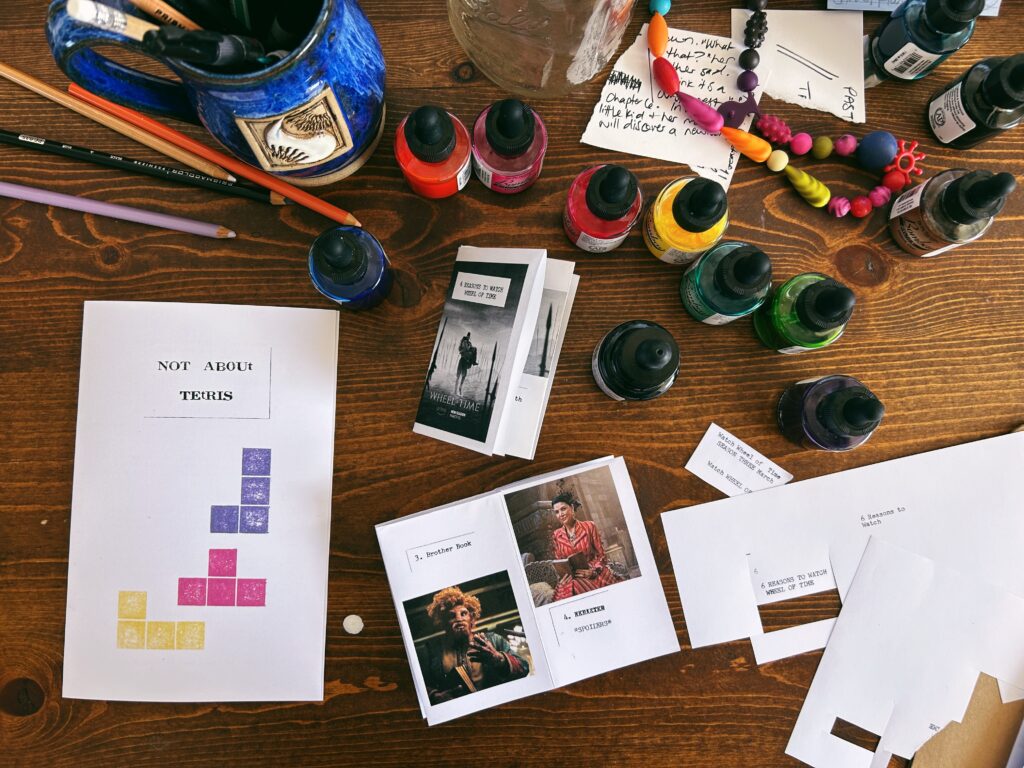
Now that I have a printing press I’ve added a $10 tier where you can subscribe for quarterly prints as well as zines.
I’ve also realized that the time I’m spending on these zines has been growing each month. (Especially in contrast to the simple letters I started with.) So I’m phasing out pledges below $5. This means I have more freedom to play with color and multiple page zines if I’m so inspired.
I’m also stepping away from Patreon and Substack to host subscriptions on my own website.†
Everything in one spot. (Finally!)
Works in Progress
Here’s a peek at what else I’ve been working on this month.

Nearly done with my soft sculpture brain sewn from baby clothes. I have two hemispheres complete and need to spend some time refining them and doing finishing work. (They’re a little unbalanced at the moment.)

The transition from holiday chaos back to a normal routine is hard for neurodivergents. Here is how we’re finding our feet again and freedom within structure.

Now that I’m integrating my various blogs into one location my archive is much larger than I realized.
Here are a few highlights.
This time in 2015
This time in 2021
This time in 2024
February seems to be a big month for me!
It’s all that energy from surviving the holidays and getting back into a rhythm.
(You can browse the February archive here.)
I’m planning to move the archives month by month. Motivated in part by sharing this time hop with you. Which means (if all goes to plan) I’ll be done by next February. ‡

The Compost Heap is handmade without the use of AI. 🐝
Support doing things the old fashioned way by joining my Patrons ($5) and I’ll send paper copies of my zines with the coolest postage stamps I can find.
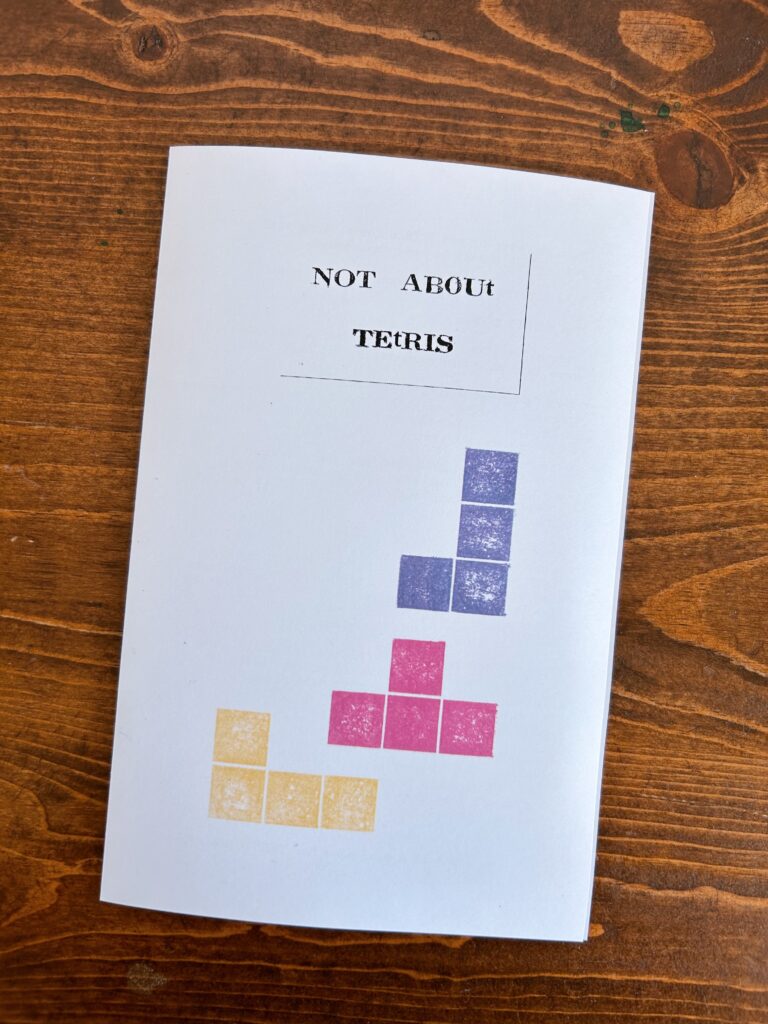
Not into snail mail?
Here are other ways you can support.
- Share with a friend. (It’s free!)
- Art swap! Let me know if you’d like to swap your art for a zine.
- Buy a book or zine from my (new!) shop.
- Link to me in your newsletter.
- Send me a recommendation for something (book, blog post, movie, recipe, you name it!)
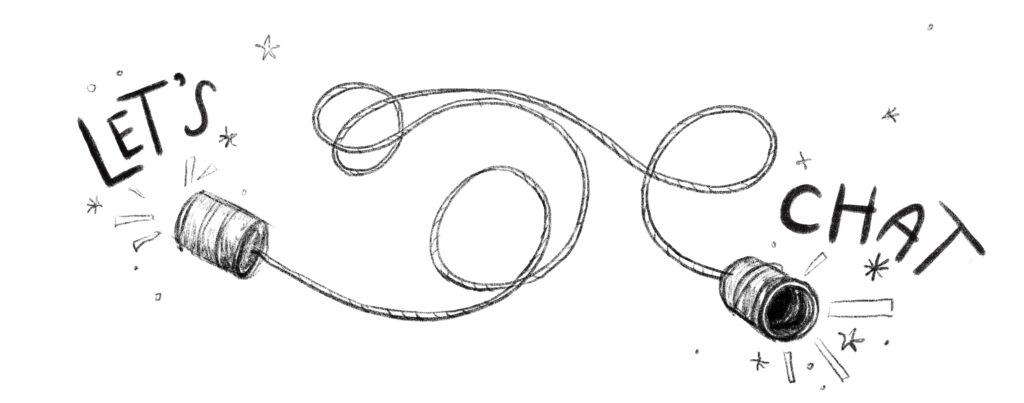
I’d love to hear from you.
Hit reply to email me directly.
Let’s talk web design, printmaking, or Wheel of Time. 🥰
Thanks for being here.
I appreciate you.
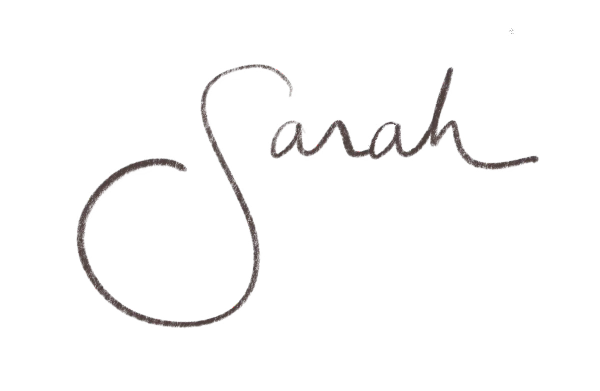
Compost Heap Illustrations by
Gracie Klumpp of Leave the Fingerprints. 🐞
Footnotes
* To share the Neuro Nest Retreat. The workshops were all recorded so you can still join in here. I’d love to have a weaving from you. (Yes, you!)
† Substack supporters will continue to be charged through Stripe. Patreon has been shut down so anyone supporting there will need to resubscribe. (You should already have emails from those platforms, but if you have any questions at all just ask.)
‡ Something I’ve learned by moving blogging platforms a couple of times is that something always goes funky. Formatting is strange. Photos are hotlinked. Multimedia elements (audio, video, embeds) are missing or broken. And hardly anything has alt text. I’m using this chance to dust all the cobwebs before making posts public.
